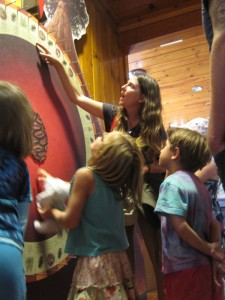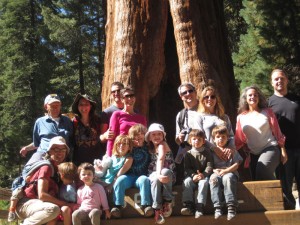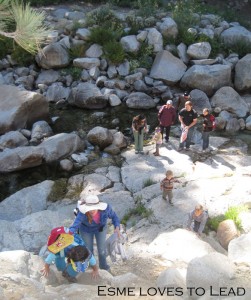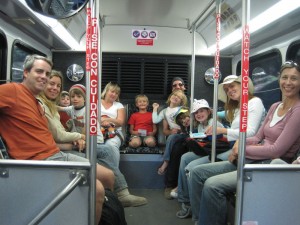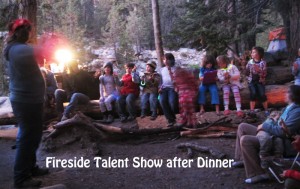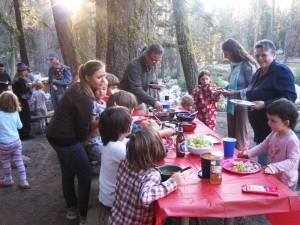With Sun Sensitive paper, we understood how chemicals are a big part of both film and the development of photography paper.
Click to see Wild & Crazy Pinhole [...]]]>

With Sun Sensitive paper, we understood how chemicals are a big part of both film and the development of photography  paper.
paper.
This week, I will take a few minutes to teach kids how to protect and use a camera. Give a kid a camera and they will astound you with their images. Seriously, hand one over.
-
- Photo taken by 3 year old in line at Credit Union
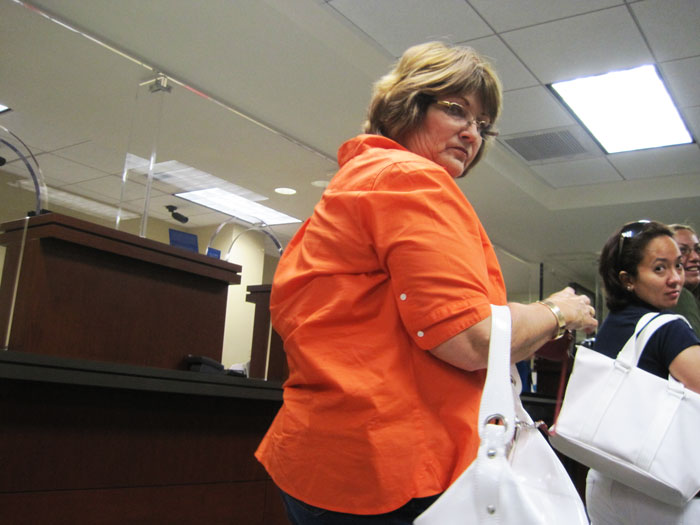
-
- Photo taken by 3 year old in line at Credit Union


……Kids have great perspective! As early as two years old, my kids were taking images with my digital camera, but they always used the safety strap around their wrists. And with the advent of digital cameras the worry of wasting film disappeared and we all know how children light up seeing the immediacy of images. Here are 10 great tips for teaching budding photographers how to use a digital camera. They range from the simple to the more advanced ideas.
Try to avoid negative comments: Ack! Be careful. Don’t do that. Watch out. Give it back. Look what you almost did!
Passion and confidence blossom in the absence of negativity.
Almost all the kids made their own pinhole camera. Thank you to those who donated film, tape and assistance!!! If you couldn’t get to the park, you can still make your own pinhole camera by going to this website. I couldn’t have done a better tutorial myself.
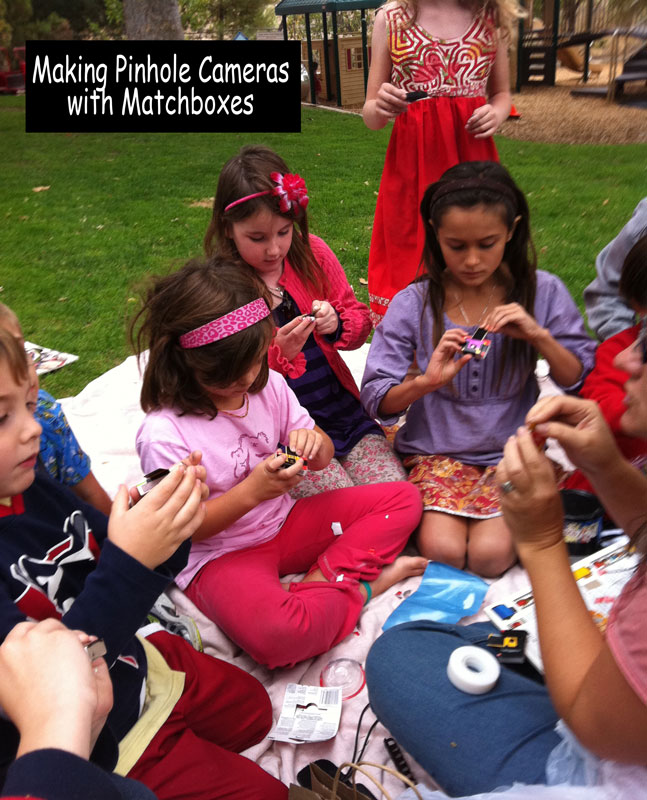 Kids see the world in a unique way. And it’s not just that the view is different from a few feet lower; it’s that different things appeal to different people. And a camera lets you in on what your kids find appealing.
Kids see the world in a unique way. And it’s not just that the view is different from a few feet lower; it’s that different things appeal to different people. And a camera lets you in on what your kids find appealing.
After the kids complete taking their roll from their pinhole camera and you get it developed, sit down and let them tell you about their images. Enjoy learning more than perspective, but how their brain’s work.
And if you and your family are really getting into photography – here’s a site that makes it seem easy to turn your bathroom into a darkroom to develop your own negatives onto paper and experience the second half of the artform’s potential.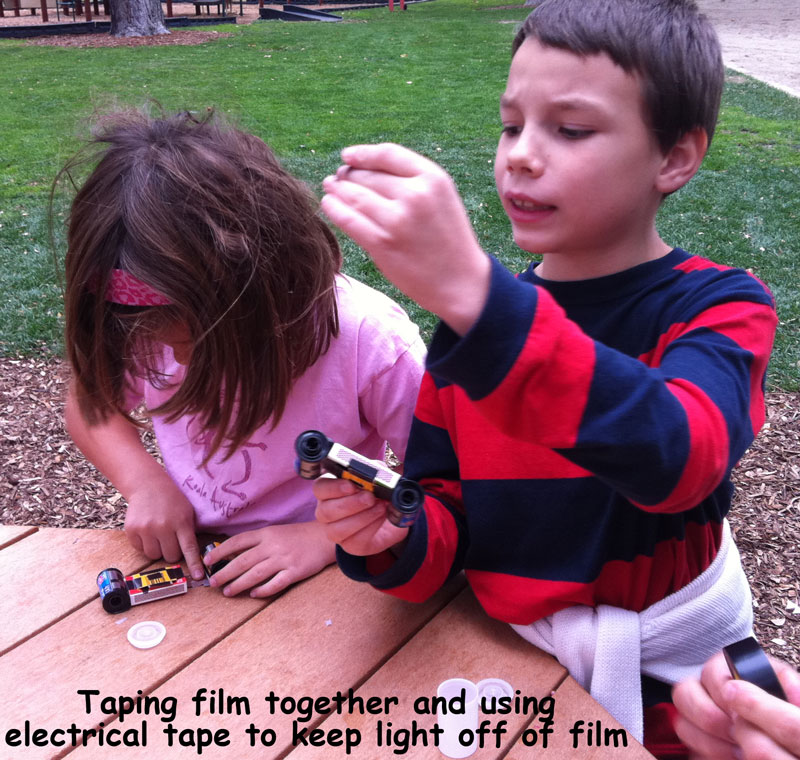
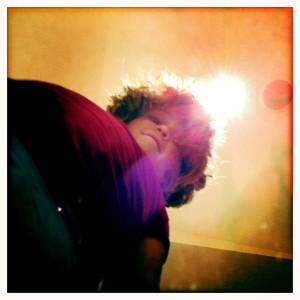
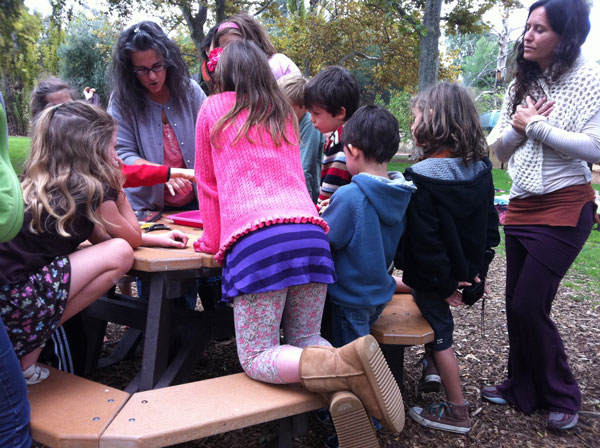
 By climbing trees, building forts, jumping into leaf piles, playing soccer, and kill-the-man, I eventually determined what was safe for my body and what was not. My parents instilled morals and values at home, but it was out of their shadow, playing amongst my friends, where I determined what kind of person I would to be.
By climbing trees, building forts, jumping into leaf piles, playing soccer, and kill-the-man, I eventually determined what was safe for my body and what was not. My parents instilled morals and values at home, but it was out of their shadow, playing amongst my friends, where I determined what kind of person I would to be.
This week’s theme focuses on what kind of person our kids want to be on the inside.
 Part of the reason many of us parent the way we do and/or homeschool is to minimize the negative influences on our children and foster a greater sense of confidence and connection to their world. I feel fortunate to be so intimate with such a diverse group of families. I am aware of just how rare our judgment-free community is which places so much attention on connection and conflict resolution. With out conflict in such a safe community with such wonderful people, our children would not get to test out their skills and become the people we want them to be… confident, empowered and compassionate.
Part of the reason many of us parent the way we do and/or homeschool is to minimize the negative influences on our children and foster a greater sense of confidence and connection to their world. I feel fortunate to be so intimate with such a diverse group of families. I am aware of just how rare our judgment-free community is which places so much attention on connection and conflict resolution. With out conflict in such a safe community with such wonderful people, our children would not get to test out their skills and become the people we want them to be… confident, empowered and compassionate.
2:00 pm – Emotions, Empathy & Empowerment Games
 The activities and crafts this week have been chosen by Kristen (one of our M&B Moms) to encourage a greater Sense of Self. Working from the book 300 Self- Esteem games for kids, by Barbara Sher, a therapist and author with an extensive background in child development, Kristen wanted me to share this quote by Sher. “Self-esteem games show children that it is OK to be themselves, because the essence of self-esteem is to know and accept who we are just as we are now- not begrudging acceptance, as in ‘This is as good as we can get,’ but a satisfying appreciation, as in ‘This is who we are, this is the unique sound of our notes on the keyboard of humanity.’”
The activities and crafts this week have been chosen by Kristen (one of our M&B Moms) to encourage a greater Sense of Self. Working from the book 300 Self- Esteem games for kids, by Barbara Sher, a therapist and author with an extensive background in child development, Kristen wanted me to share this quote by Sher. “Self-esteem games show children that it is OK to be themselves, because the essence of self-esteem is to know and accept who we are just as we are now- not begrudging acceptance, as in ‘This is as good as we can get,’ but a satisfying appreciation, as in ‘This is who we are, this is the unique sound of our notes on the keyboard of humanity.’”

Please come join us for a heart-felt, fun-filled day this Thursday October 20th, as Kristen creates a safe environment for our children to tap into their wide-range of emotions as well as build upon their abilities to express empathy for their playmates.
 Kristen will read books about being true to yourself, play self-esteem games, dance to the “feeling” of music and help the kids (and parents) make their own cornhusk friends & family dolls.
Kristen will read books about being true to yourself, play self-esteem games, dance to the “feeling” of music and help the kids (and parents) make their own cornhusk friends & family dolls.
She will be exploring:
~ Everyday feelings and reactions
~ Enjoying being unique – like everyone else!
~ Building confidence by getting to know your feelings and senses
~ Knowing strengths and abilities
~ Finding ways to take care of yourself in unsettling situations
**Online Bonus for Parents from the Echo Center of Parenting & Education: Wheel of Awareness exercise by Daniel Siegel world famous author, neurobiologist and psychiatrist.
]]>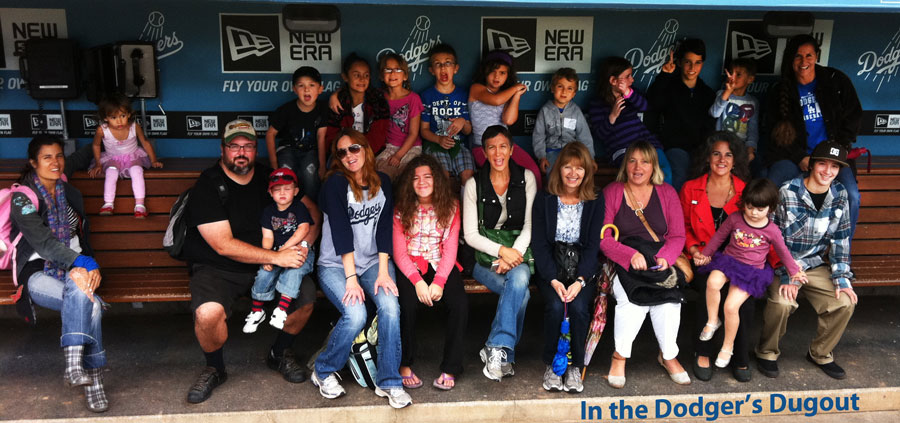 rickety Cricket stadium in NC, where Cal Ripken got his start with the AA Orioles. The part that thrilled me as a child, was that you could throw your peanut shells 30 feet below on the dirt under the wooden bleachers. This
rickety Cricket stadium in NC, where Cal Ripken got his start with the AA Orioles. The part that thrilled me as a child, was that you could throw your peanut shells 30 feet below on the dirt under the wooden bleachers. This 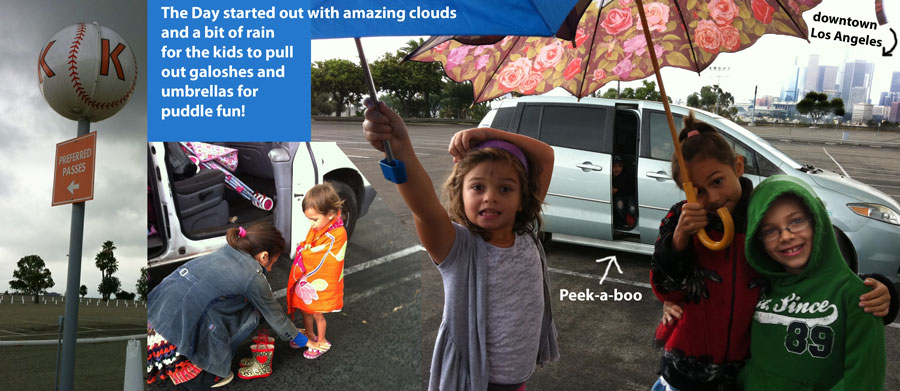 memory transcended into a spontaneous round of,- “Take me out to the ballgame.,.buy me some Peanuts and Cracker Jack!” Thus endearing another generation to the game of Baseball. Thanks again to our coordinator “Special K” for a great fieldtrip.
memory transcended into a spontaneous round of,- “Take me out to the ballgame.,.buy me some Peanuts and Cracker Jack!” Thus endearing another generation to the game of Baseball. Thanks again to our coordinator “Special K” for a great fieldtrip.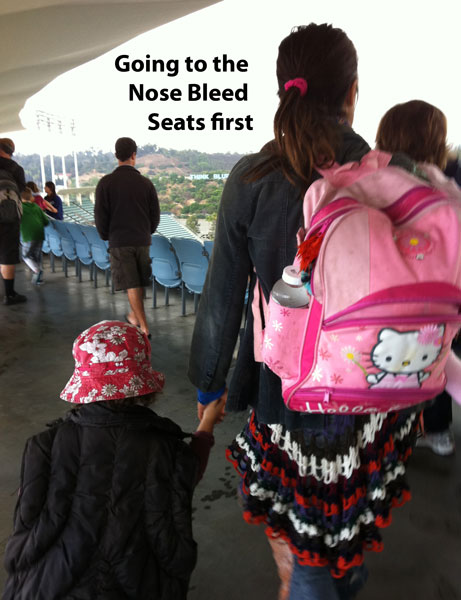
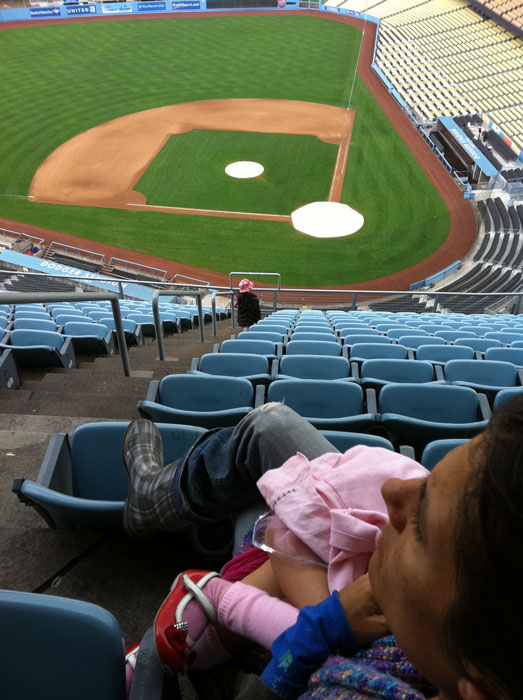
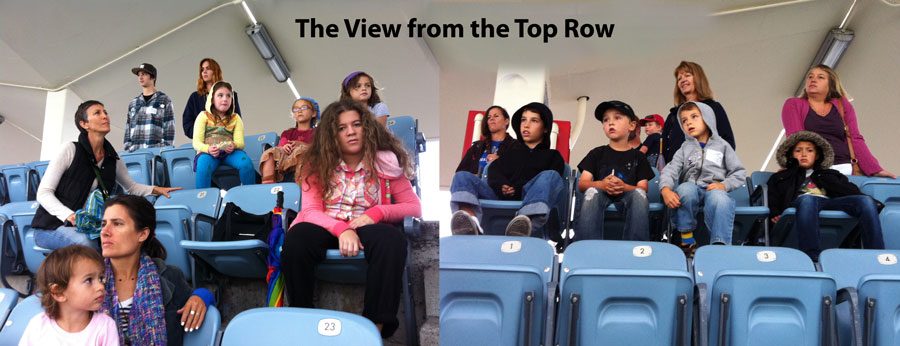


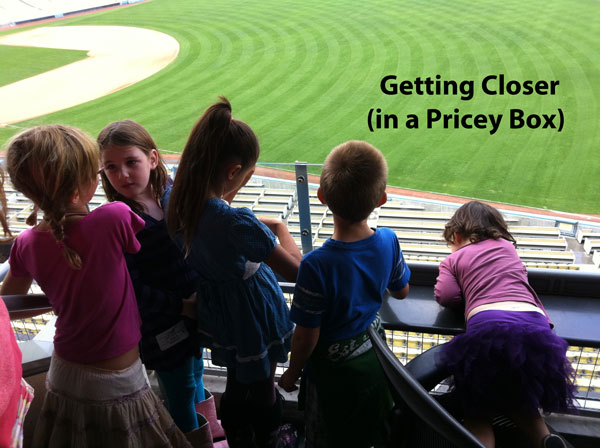
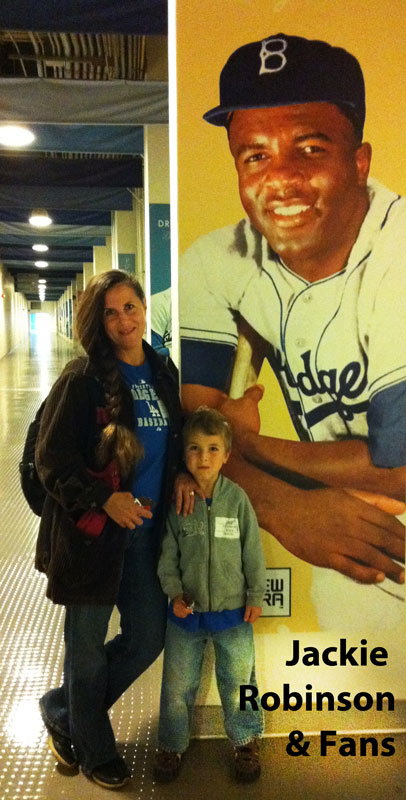


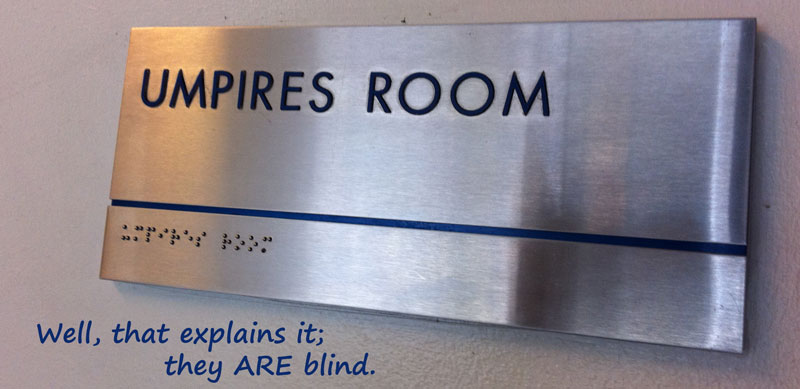
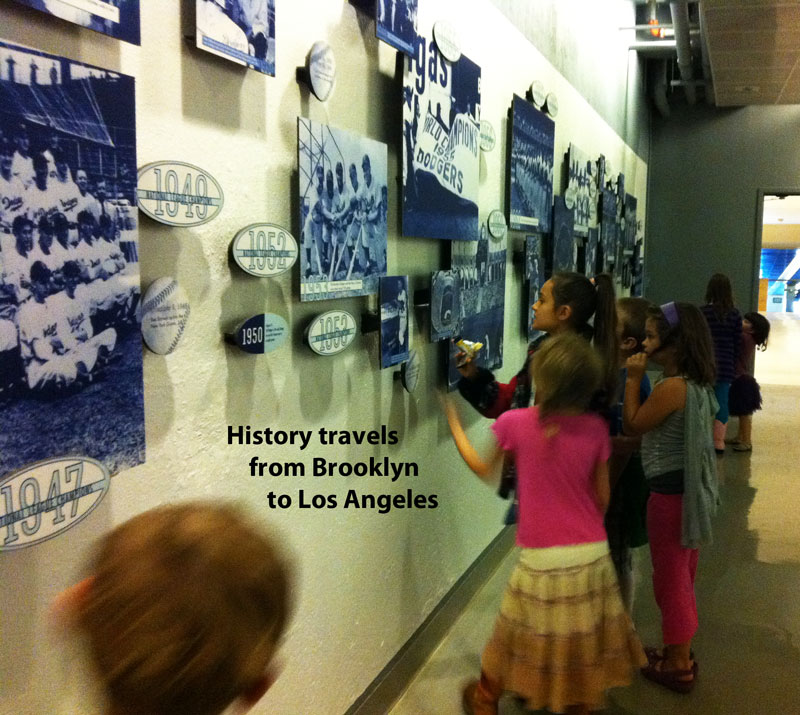



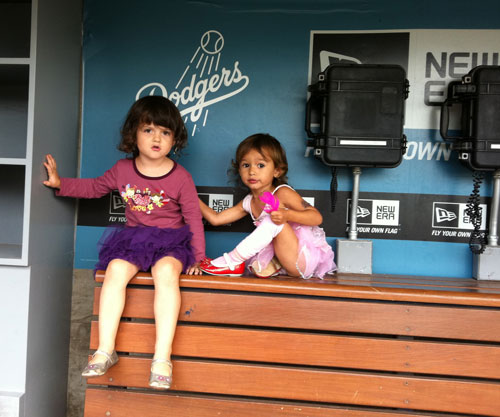
 ]]>
]]>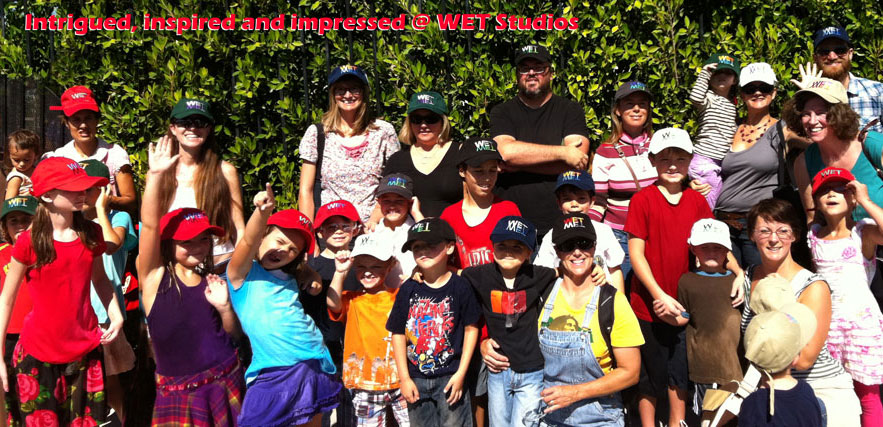 the world famous fountain production & design shop that is credited with creating the dancing
the world famous fountain production & design shop that is credited with creating the dancing  Fountains of Bellagio, the Mirage Volcano and the World’s Tallest Fountain in Dubai. It is quite possibly, one of the greatest places to work – as it personifies the new business paradigm of being socially, ecologically and creatively consciousness. And employs a wider spectrum of talents than even Pixar or Google. These stylish employees
Fountains of Bellagio, the Mirage Volcano and the World’s Tallest Fountain in Dubai. It is quite possibly, one of the greatest places to work – as it personifies the new business paradigm of being socially, ecologically and creatively consciousness. And employs a wider spectrum of talents than even Pixar or Google. These stylish employees 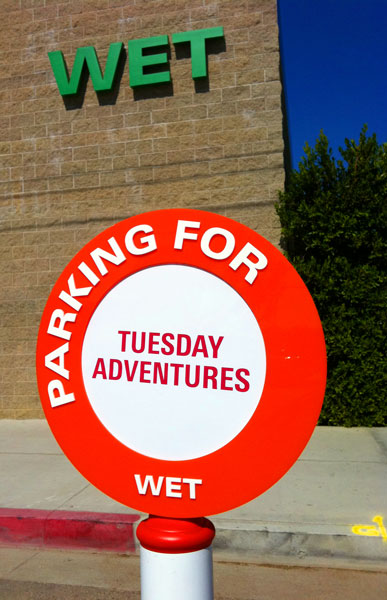 are encouraged to use the wood shop, foundry and hi-tech goodies for personal projects and hobbies. WET Design understands that the creative idea is the greatest commodity of our future. This falls directly in line with our homeschool intent, encouraging our kids to “uncork and run with it” – no matter what that “it” is. After this tour,
are encouraged to use the wood shop, foundry and hi-tech goodies for personal projects and hobbies. WET Design understands that the creative idea is the greatest commodity of our future. This falls directly in line with our homeschool intent, encouraging our kids to “uncork and run with it” – no matter what that “it” is. After this tour,  my 4-year old daughter asked me about how she could make money as an adult – as WET was the first place she imagined working in.
my 4-year old daughter asked me about how she could make money as an adult – as WET was the first place she imagined working in.
Our red carpet treatment at WET began with reserved parking and 4 tour guides handing out protective eye-gear. Entering the first building we learned that WET designs, develops and fabricates most of their own parts. 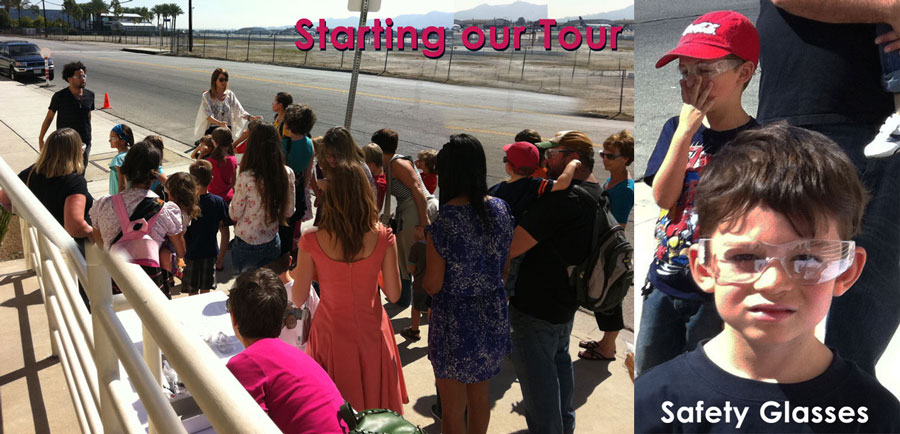 And when machines cut metal it is LOUD. For many, it was amazing to see machines cutting metal forms – and almost unbelievable and apropos that it was not a blade, but high-pressured hot water mixed with a sand aggregate that cuts designs into metal. And to follow up the splash of
And when machines cut metal it is LOUD. For many, it was amazing to see machines cutting metal forms – and almost unbelievable and apropos that it was not a blade, but high-pressured hot water mixed with a sand aggregate that cuts designs into metal. And to follow up the splash of  Superhero w
Superhero w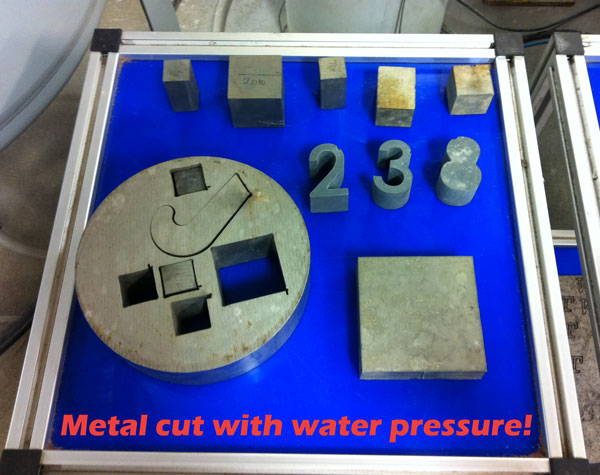
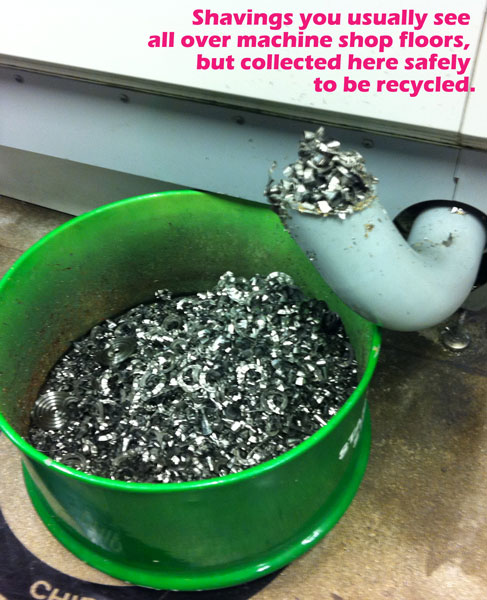 ater, the next building we walked into, we witnessed sparks fly as a robotic arm welded fountain parts together.
ater, the next building we walked into, we witnessed sparks fly as a robotic arm welded fountain parts together.  The red plastic curtain protected our eyes from the brightness of the the sparks which are bright enough to burn your retinas. We witnessed many designers, engineers, programmers and who knows what else, at work as we passed through more buildings and more rooms before pausing to watch footage of their work orchestrated to moving music. That room itself was filled
The red plastic curtain protected our eyes from the brightness of the the sparks which are bright enough to burn your retinas. We witnessed many designers, engineers, programmers and who knows what else, at work as we passed through more buildings and more rooms before pausing to watch footage of their work orchestrated to moving music. That room itself was filled  with scale models of existing projects, this one is of a WET production room from their website.
with scale models of existing projects, this one is of a WET production room from their website.
After the machines, the movies, and the models it was now time for the MAGIC of the fountains (and air compressors). We walked across a giant lawn landscaped with an uber-water molecule towards the entryway of a 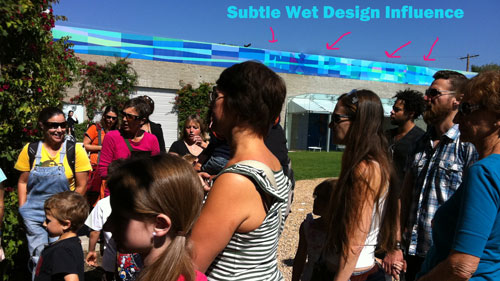
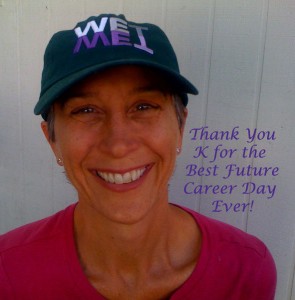 warehouse workshop. This is where water and fire intermingle. By hiring pyrotechnic specialists who have worked on movie sets and rock & roll tours and embracing the champagne marathon mindset (uncork and run with it), WET mingles fire, water and music to dazzle the world. Jason thrilled our group indoors with fire and emptied gallons of water upon our willing volunteers outdoors.
warehouse workshop. This is where water and fire intermingle. By hiring pyrotechnic specialists who have worked on movie sets and rock & roll tours and embracing the champagne marathon mindset (uncork and run with it), WET mingles fire, water and music to dazzle the world. Jason thrilled our group indoors with fire and emptied gallons of water upon our willing volunteers outdoors.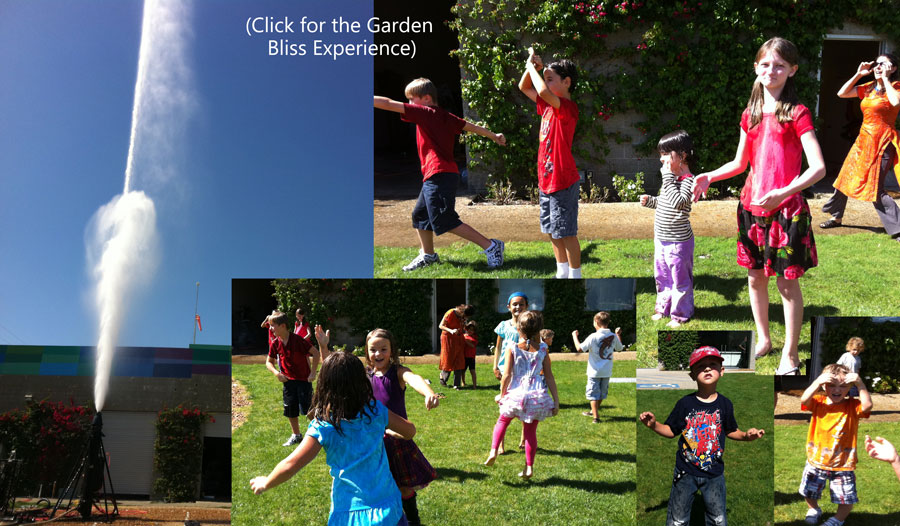
Our warmest thanks goes out to the staff @ WET who shared their magic with us – especially our guides Saban, Emily, Devyn, Stephanie. A shout also goes to the engineers offering us the welding show on their lunch break, and Jason for giving us the 70+ foot high show that drenched our kids (and some parents)! And of course, a thousand hugs to our coordinator Kristen for doing all the legwork. Thank you all!
]]> Karen was a teacher for children who were blind and visually impaired. Visually-impaired – is the term for someone whose vision is compromised so much that they can’t do normal functions. Total blindness is when someone can not tell the difference between light or dark. Legally blind is someone who is visually impaired to the point that they can not read. I am legally blind with out my glasses or contacts.
Karen was a teacher for children who were blind and visually impaired. Visually-impaired – is the term for someone whose vision is compromised so much that they can’t do normal functions. Total blindness is when someone can not tell the difference between light or dark. Legally blind is someone who is visually impaired to the point that they can not read. I am legally blind with out my glasses or contacts.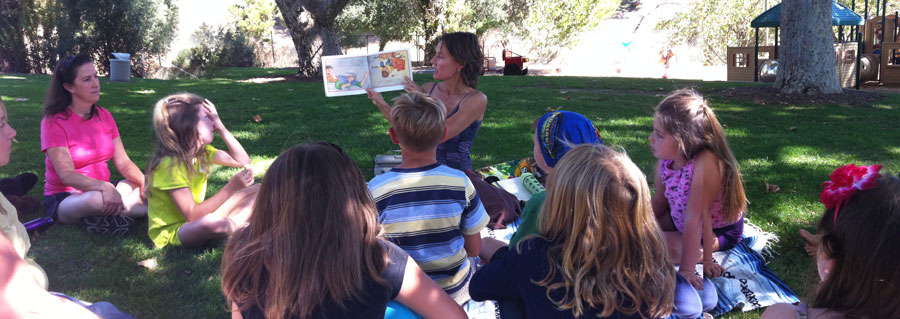
Karen shared the story of Louis Braille (1809-1852), the inventor of the Braille alphabet. 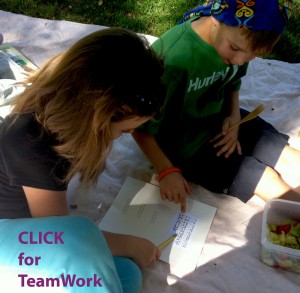 Kids broke into teams to play decoding games to get a better sense of how the braille alphabet works. We gained a better understanding of how a person uses a white cane or enhances their lives with a seeing eye dog.
Kids broke into teams to play decoding games to get a better sense of how the braille alphabet works. We gained a better understanding of how a person uses a white cane or enhances their lives with a seeing eye dog.
This week at home, our family will be taking turns blindfolding each other and counting how many steps it takes each of us to get to the bathroom, bedroom, refrigerator and our mailbox. Find your own ways to help your children experience life as visually-impaired.
This understanding builds awareness, compassion and normalcy for those with differences then themselves as well as instilling them with a sense of accomplishment for taking on a new challenge.
Have Fun Exploring. And if your kids come up with a great idea - Go For It!
Thank you Karen for all the fun and unique ways you got our kids (and parents) excited about Braille. This is a wonderful way to understand more people in our community and the world who experience life differently and the same as we do! Thank you!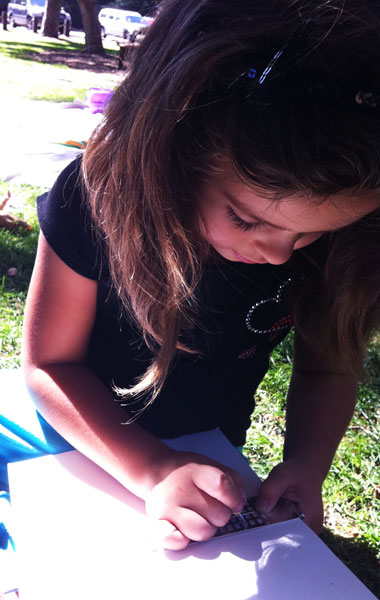
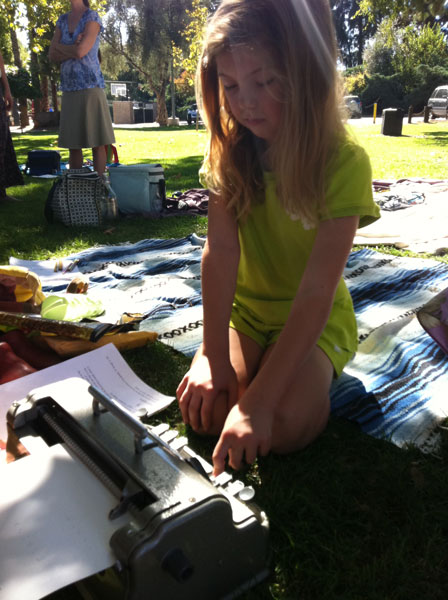

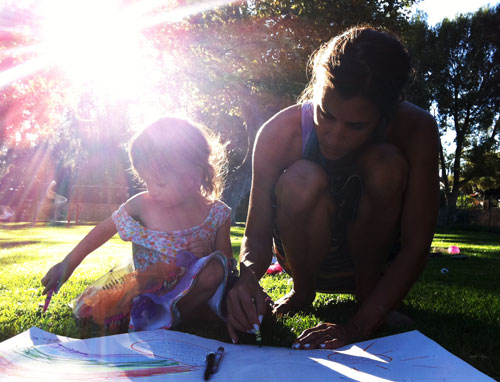
Coloring a Giant Get Well Card for our Friend in the Hospital
]]>
A few years [...]]]>

2009 Not just holding hands; Aran is Oxygon covalently bonded to the two hydrogen atoms
 ** SUPPLIES REQUEST** We will need balls to play our games and replicate molecular bonding, create a visual for electron orbits around nuclei, and possibly even track atomic particles in our bubble chamber. Artsy Bubble Chambers.
** SUPPLIES REQUEST** We will need balls to play our games and replicate molecular bonding, create a visual for electron orbits around nuclei, and possibly even track atomic particles in our bubble chamber. Artsy Bubble Chambers.
 A few years ago, I realized how most kids (as young as four) are budding molecular scientists. First off they are interested in what is in everything – matter. They seem comforted to learn that everything is made of one type of thing – atoms. These small building blocks makes sense to them – as do Legos. The idea that our world
A few years ago, I realized how most kids (as young as four) are budding molecular scientists. First off they are interested in what is in everything – matter. They seem comforted to learn that everything is made of one type of thing – atoms. These small building blocks makes sense to them – as do Legos. The idea that our world  (matter) can be broken down into smaller and smaller pieces as well as built up into massive structures is consistent with their growing awareness of the world.
(matter) can be broken down into smaller and smaller pieces as well as built up into massive structures is consistent with their growing awareness of the world.
They are learning how does a carrot grow? It starts as a tiny seed and gains more building blocks. And last year my daughters were excited to learn about the parts to their bodies (bones to support them, blood super highways, brains with nerve highways, and skin to hold it all together). Alot of little things make the magical people they are.
Moreover, many children are intrigued by the moon, stars and the idea that other planets like their own are orbiting in space. They can’t see these giant objects orbit with their own eyes, nor can they see electrons orbiting the nucleus of atoms, but they don’t have to see them to envision them with excitement. And I believe that if you are excited (as adults or kids) – learning becomes fun and most likely – permanent. Smiles demarcate the success of conveying concepts by playing games with toys as well as letting the kids go wild with arts and crafts.
This week we will revisit the basics of atoms using Legos and run-around ball games before taking my molecular scientists on a hunt for valence electrons. Some children will be atoms that make Ionic molecular bonds (give up an electron in making the bond with atoms), whilst other kids and parents make Covalent molecular bonds (share an electron with another atom). Don’t let the big science words scare you, they consist of the same alphabet building blocks of small words. Look at this great tutorial of how the chemical bonds of salt, water and sugar work on a molecular level. I will be recreating this for the kids with legos and the balls they bring. Determine @ home which dissolves faster into water: salt or sugar?
]]>Kids will explain and explore the life of the Giant Sequoias and the rituals of the Black Bears that almost everyone sighted. Bring small pieces of your natural world to make a delicate mobile (or just use what you find in [...]]]>
Kids will explain and explore the life of the Giant Sequoias and the rituals of the Black Bears that almost everyone sighted. Bring small pieces of your natural world to make a delicate mobile (or just use what you find in the park). Click on image below for the simple how to.
Those who didn’t get to make Pine Cone Art last week can do it this week. Come watch a slide show of a dozen of your very own M&B families in the Sequoia National Park. * (M&B Campers bring your memory cards or send me images ahead of time)*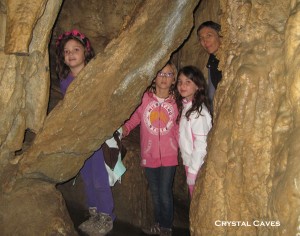
Mudpies&Butterflies Annual Sequoia Family Campout was an amazing adventure! Potlucks, all-family Talent Show, Crystal Cave tour, close-up bear sightings, gorgeous hikes, lightening night shows, Bucks walking through camp, one hour of thunderstorm & hail, powerful family time, Kaweah River rock jumping, Tokepah Falls grandeur, and yoga before the Largest Tree in the world (photo on left)!
]]>In preparation for Mudpies &Butterflies’ semi-annual Family Campout to Sequoia National Park, I will share how these magical giant trees reproduce – and how it differs from other Coniferous trees. It takes blazing fires, a perfect topsoil and protected forests to ensure a new Sequoia gets a start towards becoming one of the 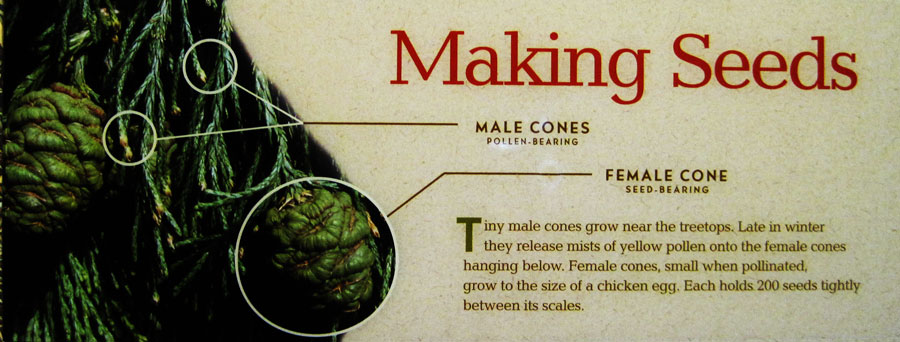 largest trees in the world (by mass). Due to the brilliant architecture of each Sequoia, the older trees are almost completely impervious to forest fire damage. 2010 M&B photos illustrate the fun & wonder. Forest in the Fall and Desert in the Spring. Check our family campouts in Joshua Tree Nat’l Park in 2009 and 2010.
largest trees in the world (by mass). Due to the brilliant architecture of each Sequoia, the older trees are almost completely impervious to forest fire damage. 2010 M&B photos illustrate the fun & wonder. Forest in the Fall and Desert in the Spring. Check our family campouts in Joshua Tree Nat’l Park in 2009 and 2010.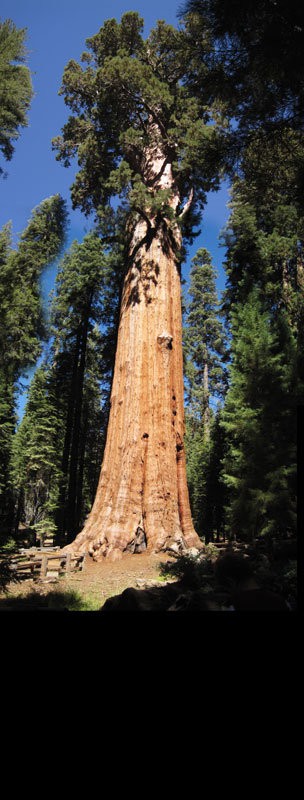
——————————————————————————————————–
First off – YOU ROCK! Your kids look so loved, so loving and secure in themselves. I just flipped thru your blog wondering why you might be a target for other people’s baggage. Personally butting up against a majorly racist and homophobic environment for 25 years, I feel compassion for anyone who is making my world better with love.
 I grew up in NC and had my first child there (homebirth). On top of the wealth of small-mindedness interactions I had there, I never once saw anyone breastfeed in public. So, once a week I would go to the poshest mall and nurse in public and did it whenever/wherever my child was hungry. I felt people needed to see it. Eventually someone in their life would be doing it (optimistic) and if I was the one they saw first, maybe their loved one or relative wouldn’t receive all their confused feelings because they had the chance to process it the first time by witnessing me.
I grew up in NC and had my first child there (homebirth). On top of the wealth of small-mindedness interactions I had there, I never once saw anyone breastfeed in public. So, once a week I would go to the poshest mall and nurse in public and did it whenever/wherever my child was hungry. I felt people needed to see it. Eventually someone in their life would be doing it (optimistic) and if I was the one they saw first, maybe their loved one or relative wouldn’t receive all their confused feelings because they had the chance to process it the first time by witnessing me.
One time, I even nursed my infant in a boardroom filled with top-level executives like CEO/founder of Bank of America, CEO of Wachovia Bank & the President of Duke Electrical Co. ALl of which next witnessed me giving a large presentation whilst walking around with a child quietly sleeping in my stylish maya wrap. These decision makers from the top need to witness business-savvy moms (and dads) performing in tandem with their children. How else will they fund on-site daycare or sign-off on 0-9 month infant in-office policies?
It took a while for my family of origins to get the normalcy of breastfeeding. They believe in “flying under the radar,” whereas, I believe in “being the change you want to see in the world.” Because I was calm and persistent, they eventually processed how natural and healthy it was. And like I hoped, one day, they were far more relaxed when they witnessed anyone else nursing. They even make a point to tell me on our cross-country phone calls, if they saw someone nursing in NC. Progress.
Even if the initial interaction feels confrontational, I believe people are processing information, but on their timetable. On days where I don’t have the reserves or when my kids are extra-sensitive, I realize that I might not be able to be engaged without being triggered. Or I discuss one topic and don’t let them go down the list of all my AP choices until we really, strongly clash. And some people just want to vent. So, I give myself permission to pass on the opportunity to fully engage.
On a base level, AP parenting is blissful, because it affords us the luxury to act, live & breath in accordance to our deepest maternal (or paternal) instincts. But it comes at a price for it is not the group norm in the USA. And yet, many people’s psyches & bodies are still in conflict over going against their instincts. Many AP’ers unknowingly become a target for that angst. I am willing to take some of that on, but only because I know they are working something out. At those moments of tension I recognize this internally, and BREATH and relax my body (for me as much as for them). And I pepper the conversation with positive comments about how much they care for their child. So, I’m actively changing the landscape from debate mode, where it is all positive or negative, to a conversational rhythm by introducing friendship overtures. On many levels, this can reassure someone that I am not going to attack them. I also make an effort, to share examples that are always about my kids and not children or families in general. Otherwise you can leave yourself wide open to their misdirected energy.
Sometimes I have brought that tension to the light and asked calmly, “Is it hard for you to hear about my family’s choices?” It is amazing to watch the ripple effect of that one sentence. Some people don’t even know why they are so bothered. Some check themselves. And others continue with out even hearing what I said, which tells me it might be wise to disengage.
When their line of questioning turns to, “Aren’t you afraid they won’t …” or, “What about when…,” I commend them for caring so much about my kids. That is a sure sign that they are projecting concerns they have with other family members or friends they have not attempted to voice with them. But I am a stranger; and risking my ire is a practice-run for when they approach their sister, cousin or best friend. If there is venom, that means the logic of AP lifestyles are circulating closer to them then we might realize. That is a good sign that awareness is looming and emotions are holding them back.
I recently entered a long discussion with someone over family rule my husband instated: that we were not to use sarcastic language in our home. (This was initially a tough one for me, for in my family of origins, well-wielded sarcasm earned me verbally acknowledged esteem). While this relative debated the potential damage of protecting our children in an unrealistic bubble, he proved our point along the way – that sarcasm oftentimes brings out the mean-base nature of many people. Most of his personal examples from his childhood had caused him and/or others emotional harm. Through literature and life, my children have (and will) experience sarcasm. But I am happy to say that our home is a safe place where our children need not be “on guard” mentally and verbally and can trust that their inner-self is accepted and will not be tested.
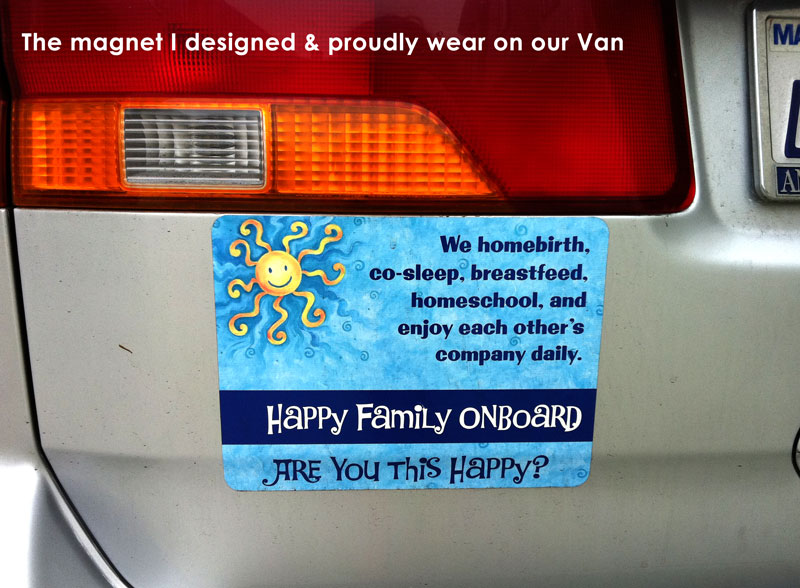 All of this natural, instinct-driven attachment parenting led my family gently through the gates of homeschooling. When people ask me how long I have been homeschooling, I don’t have a quantitative answer. I simply state that our lives never changed. We didn’t shift schedules or lifestyles to enter mainstream school. So we have no start date.
All of this natural, instinct-driven attachment parenting led my family gently through the gates of homeschooling. When people ask me how long I have been homeschooling, I don’t have a quantitative answer. I simply state that our lives never changed. We didn’t shift schedules or lifestyles to enter mainstream school. So we have no start date.
In discussing homeschooling with strangers, I am also careful not to answer ambiguous questions, but help them get to a more specific query. This also helps me discern how interested they are and can rule out those looking to debate. A common intro question I often hear is, “What is homeschooling like?” This warrants, “What about it interests you?” And I always share that it has to work for the entire family. If it doesn’t, I don’t want to model martyrdom or create unrest as that doesn’t foster a healthy, happy upbringing. This gives people a chance to see I’m not judging them at all. Regardless if you are devoid of judgement, many will still project that onto you. You do not need to prove to them you aren’t judgmental, but by using personal experiences, people won’t feel the sting of falling into a generalization.
Discussions like this allow me to re-evaluate if what I am doing is still in line with what is best for my kids, not just my thoughts and needs. And this ethical disconnect with some, makes me appreciate my like-minded friends and family all the more. In their audience, I can vent about recent altercations with family, neighbors and even friends. But more importantly, I can freely relive the bliss of waking up to my sleeping cuddly kids, or share stories of overhearing my 4 year-old tell a playmate how great it will be when “my baby comes out of my vagina,” or relive recent milestones like when my 7 year-old fell in love with something she read herself.
You are not alone. I support you and wish you breath and calm in those moments when people don’t allow you the same grace you offer them - to parent and believe in their ability to rear happy, competent, loving beings who will sooner than later take command of their own lives. I choose to be provocative in sharing my family’s happiness because I want that for everyone and there is no good reason for me to keep it to myself.
Jessica Deltac
]]> Kids will be inventing their own creatures by combining two animals (or more) into one. By morphing the top half of a cat with the tail of a fish – Voila a new species. They will sculpt them, name them and who knows what else. ALL the clay is being donated by Victoria (big M&B thank you!) Of course if any one parent or child wants to do something else with the clay – that always receives a thumbs up @ Mudpies & Butterflies! Self-expression is key – as is Confidence. Which is where this next request comes from…
Kids will be inventing their own creatures by combining two animals (or more) into one. By morphing the top half of a cat with the tail of a fish – Voila a new species. They will sculpt them, name them and who knows what else. ALL the clay is being donated by Victoria (big M&B thank you!) Of course if any one parent or child wants to do something else with the clay – that always receives a thumbs up @ Mudpies & Butterflies! Self-expression is key – as is Confidence. Which is where this next request comes from…
Can we only practice open-ended questions around the clay play?
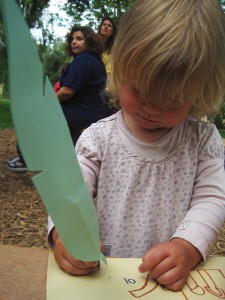 What happens when kids draw or paint? Oftentimes, parents, teachers, or elders say – “What is that?” Due to past experiences for the child, I witness the energy shift and a struggle begin with in the child. Bodies slump; they take deep, preparing breaths; and sometimes art supplies drop from their hands. They are pulled out of “being in the art”to fulfill someone else’s need. Who has witnessed a child’s frustration when a well-intentioned comment about what they have drawn doesn’t match at all to what they were creating. Have you also ever noticed, that when kids are working in proximity to each other, they OBSERVE each others work, and usually wait for the actual artist/owner to speak about their piece before offering any comments. Most young kids are intuitively aware that the journey as well as the end product belong to the person who is creating. Hmmm…
What happens when kids draw or paint? Oftentimes, parents, teachers, or elders say – “What is that?” Due to past experiences for the child, I witness the energy shift and a struggle begin with in the child. Bodies slump; they take deep, preparing breaths; and sometimes art supplies drop from their hands. They are pulled out of “being in the art”to fulfill someone else’s need. Who has witnessed a child’s frustration when a well-intentioned comment about what they have drawn doesn’t match at all to what they were creating. Have you also ever noticed, that when kids are working in proximity to each other, they OBSERVE each others work, and usually wait for the actual artist/owner to speak about their piece before offering any comments. Most young kids are intuitively aware that the journey as well as the end product belong to the person who is creating. Hmmm…
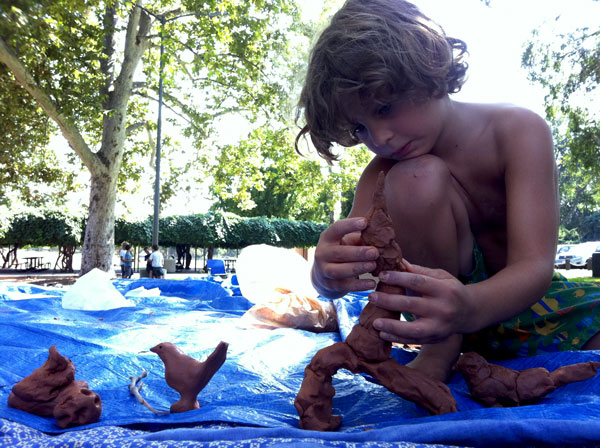 Are our inquiries stifling the creative juices flowing through their hands holding crayons, pencils, or paint brushes? And why does the art piece have to be something? The stimulation of the process is the main event for these early years: the bumps on the paper, the firmness of the tool in their hands, the way pigment thins as it is smeared across the page. All these “mini-experiments” are impacting their brains along with the smell of the room, the rumble in their belly, and the light casting shadows. And if the artistic idea they started with isn’t spoken aloud, a child will confidently, freely, let it morph into something else. Or maybe the magical journey of blurring colors into oblivion or the intense release of rubbing a crayon to a nub becomes so uplifting, the initial image is unwittingly
Are our inquiries stifling the creative juices flowing through their hands holding crayons, pencils, or paint brushes? And why does the art piece have to be something? The stimulation of the process is the main event for these early years: the bumps on the paper, the firmness of the tool in their hands, the way pigment thins as it is smeared across the page. All these “mini-experiments” are impacting their brains along with the smell of the room, the rumble in their belly, and the light casting shadows. And if the artistic idea they started with isn’t spoken aloud, a child will confidently, freely, let it morph into something else. Or maybe the magical journey of blurring colors into oblivion or the intense release of rubbing a crayon to a nub becomes so uplifting, the initial image is unwittingly 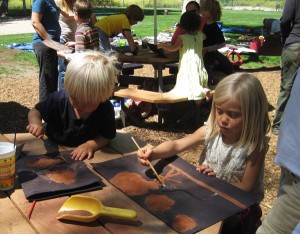 sacrificed. We parents, waiting in the wings for evidence of burgeoning Picassos, may be coveting that initial image too greatly. With emphasis on genius, we could be preventing a more natural education of their world from developing.
sacrificed. We parents, waiting in the wings for evidence of burgeoning Picassos, may be coveting that initial image too greatly. With emphasis on genius, we could be preventing a more natural education of their world from developing.
In my mind, clay is powerful in the World of Art for Children. It reeks of PLAY, not expectations. Children (and adults) who mistrust the looming liberty of 2-dimensional art, are willing to give this crazy, squooshy mud a chance. Even if a child has tightened their expected reign of reality in drawing or painting, a child might explore imaginatively with clay. And did you know that by working with a piece of clay in your hands and not on a table, helps us readily pull a shape out of the lump instead of attaching pieces to it. This calls upon more organic deductive reasoning, similar to how we find shapes in clouds. This is minimizes frustration and maximizes creativity. Clay can be pinched in here and smoothed over there, allowing their imagination and experiential knowledge to wish the artwork into existence.
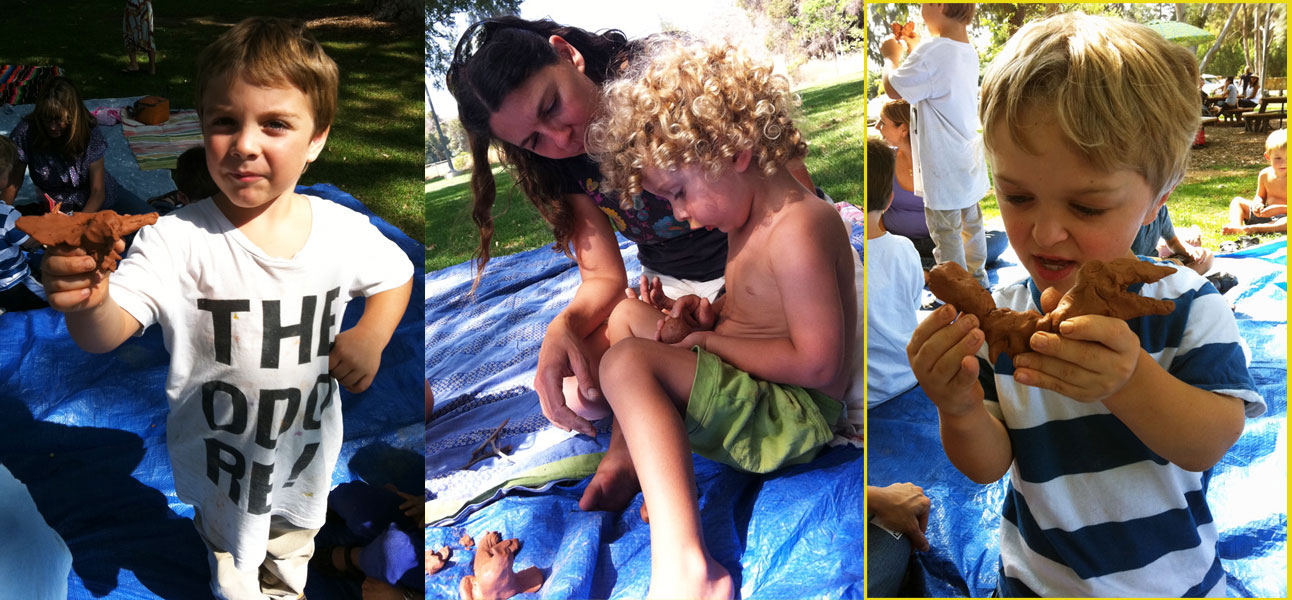 To inhibit critique and foster maximum creativity, I am asking everyone (including myself) to practice open-ended inquiries with each other during CLAY play. (This can be done with drawing and painting as well.) The idea, is that through active listening to thoughts and ideas, our children will feel that their unique perceptions and ideas are worthy. But to do this , we have to convince them we will patiently listen to whatever they choose to share. You can do this with an open-ended question that invites them to share and respectfully await their response. Not responding isn’t necessarily a cue to repeat the question louder, but a opportunity to witness your child deeply engrossed “in the art.” As you wait, you can just breath and watch or grab your own clump of clay and work beside them.
To inhibit critique and foster maximum creativity, I am asking everyone (including myself) to practice open-ended inquiries with each other during CLAY play. (This can be done with drawing and painting as well.) The idea, is that through active listening to thoughts and ideas, our children will feel that their unique perceptions and ideas are worthy. But to do this , we have to convince them we will patiently listen to whatever they choose to share. You can do this with an open-ended question that invites them to share and respectfully await their response. Not responding isn’t necessarily a cue to repeat the question louder, but a opportunity to witness your child deeply engrossed “in the art.” As you wait, you can just breath and watch or grab your own clump of clay and work beside them.
 A good question to start with is, “What is happening now?” This might seem uncomfortable if you don’t often find yourself asking your children for updates. Adults are used to naming things, identifying and communicating what we see to our kids. But phrases that encourage more than a single word response, tell the other person “I really want to hear YOUR answer.” This communicates that we are prepared to wait as long as they need to respond. Another good line is, “I would love to know how did you do that?” Yes, you probably know how they did it, but we aren’t listening for the specific answer, but opening their gates of creativity. We are empowering them to feel content with their expression.
A good question to start with is, “What is happening now?” This might seem uncomfortable if you don’t often find yourself asking your children for updates. Adults are used to naming things, identifying and communicating what we see to our kids. But phrases that encourage more than a single word response, tell the other person “I really want to hear YOUR answer.” This communicates that we are prepared to wait as long as they need to respond. Another good line is, “I would love to know how did you do that?” Yes, you probably know how they did it, but we aren’t listening for the specific answer, but opening their gates of creativity. We are empowering them to feel content with their expression.
Some of you may recognize that your kid doesn’t have a problem opening up and instead tells you EVERYTHING. That is great! Bu there will be a time when this free sharing of thoughts and questions will end. Usually because they think you don’t listen enough or they think they or their peers know more than you do. And as pre-teens or teens in a world filled with dangerous temptations, you will wish they would tell you everything again. Honing this skill now, is exactly how you will bridge those years. Here is your chance to build a foundation that you can both tap into down the road, because they will know the difference between you patiently listening versus just going through the motions.
 With follow up question like, “Can you tell me more about it?“ and their delight in sharing freely with you lets you know that you are on the right track. And then, all of sudden, you are tempted to correct the way they made something. Don’t point it out. Instead focus on their body language and how they are feeling. If they are building an animal ask,
With follow up question like, “Can you tell me more about it?“ and their delight in sharing freely with you lets you know that you are on the right track. And then, all of sudden, you are tempted to correct the way they made something. Don’t point it out. Instead focus on their body language and how they are feeling. If they are building an animal ask, 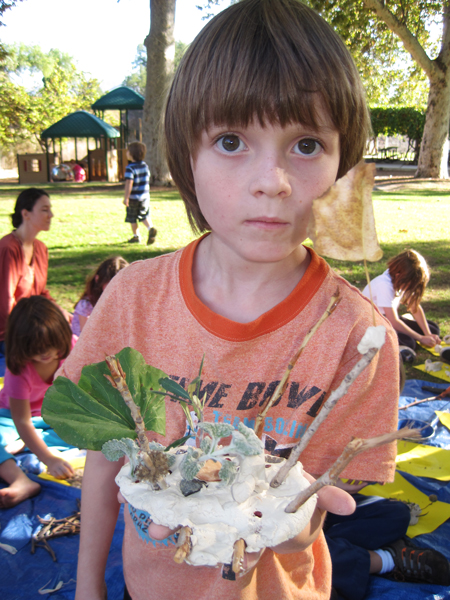 “What would it be like to ride a creature like that?“ Help them conjure their feelings or experiences. Or, “What would it feel like to pet that animal?” Or if it was a place, “What would happen if we traveled there?“ This may bring their attention to a detail they haven’t gotten too before or maybe not. Paintings and sculpture, hold less internal restrictions if children are tapping into their past experiences and perceptions of how the world works and not by surfing our expectations of what the final product should look like.
“What would it be like to ride a creature like that?“ Help them conjure their feelings or experiences. Or, “What would it feel like to pet that animal?” Or if it was a place, “What would happen if we traveled there?“ This may bring their attention to a detail they haven’t gotten too before or maybe not. Paintings and sculpture, hold less internal restrictions if children are tapping into their past experiences and perceptions of how the world works and not by surfing our expectations of what the final product should look like.
If playing with art supplies (or sports) ends up with us feeling empty, misunderstood or lacking, why try anything new? My goal with this activity is to help M&B kids to feel that their voice and perceptions are appreciated by parents, peers, friends and society. And as their caregivers, we represent the world who believe that art (and life) is not a world of right and wrong, but can open up wide to respectfully hold many things in between. And even if the piece of art doesn’t end up fully-realized to match their image in their head, the experience of thinking about it, manipulating it, and sharing can hold positive feelings for us all.
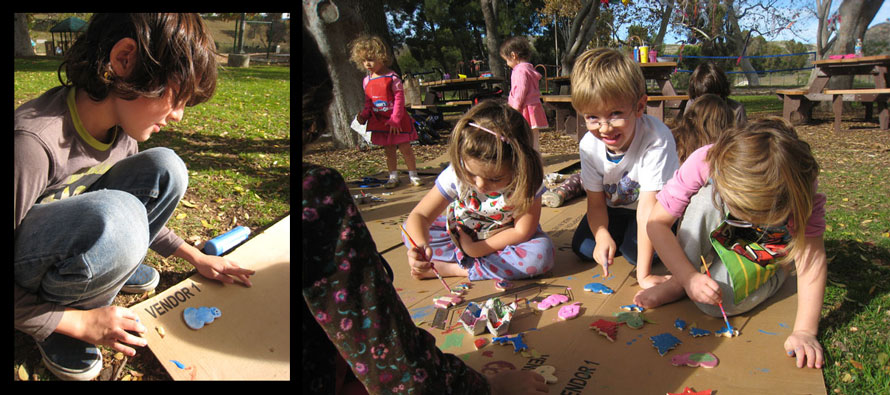
Recipes for two types of reusable play clay. And 50 questions to spark fun & communication!
]]>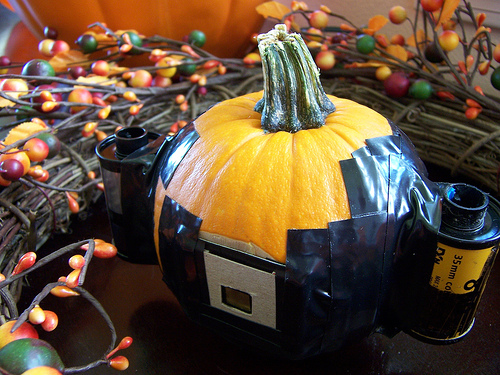
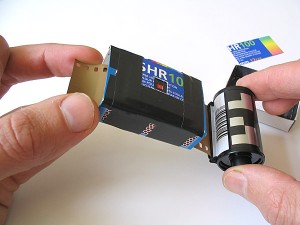

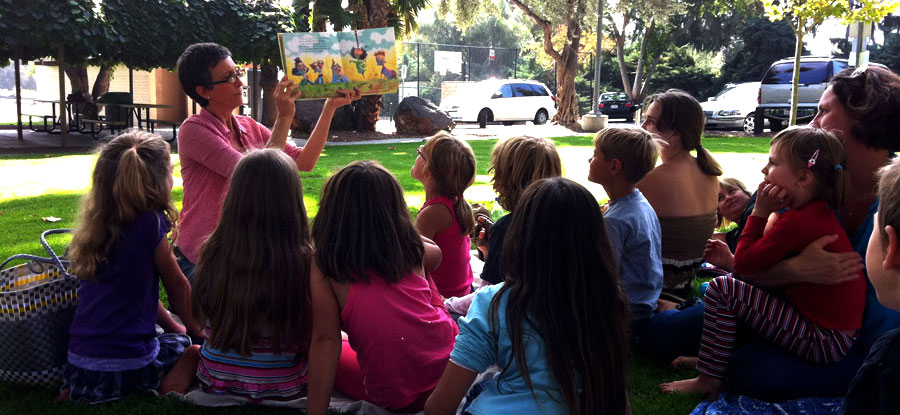


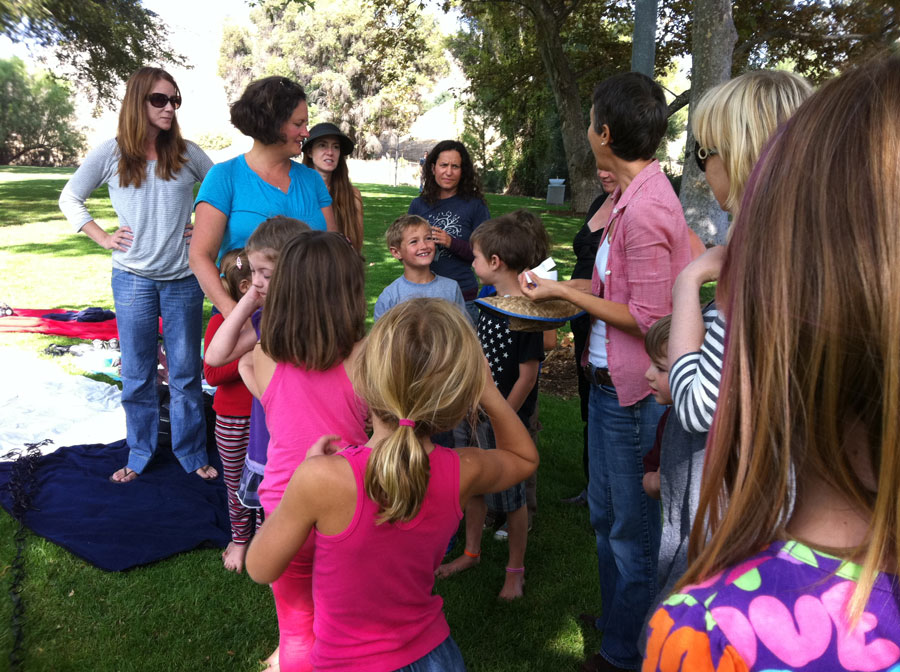
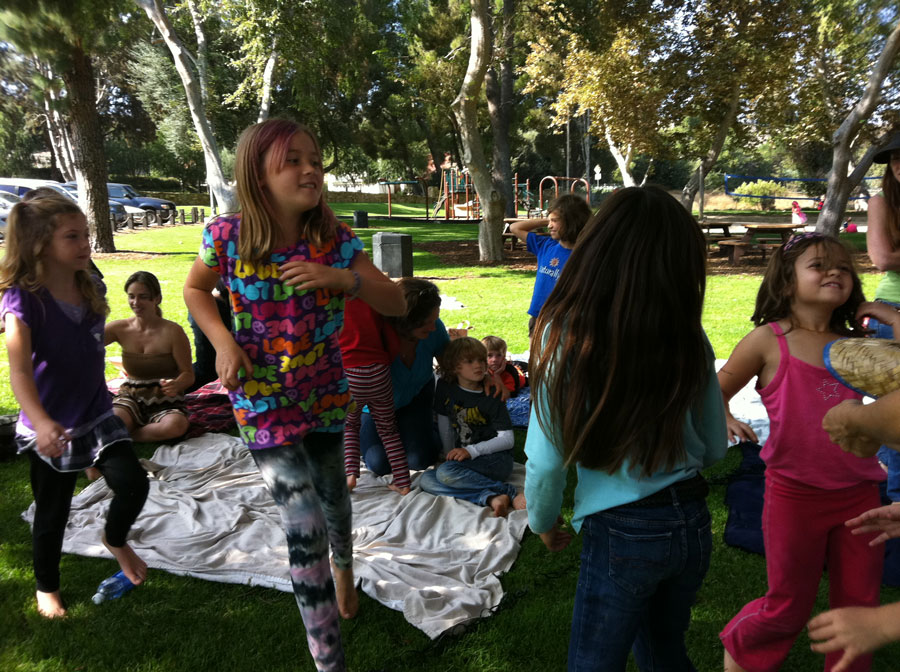

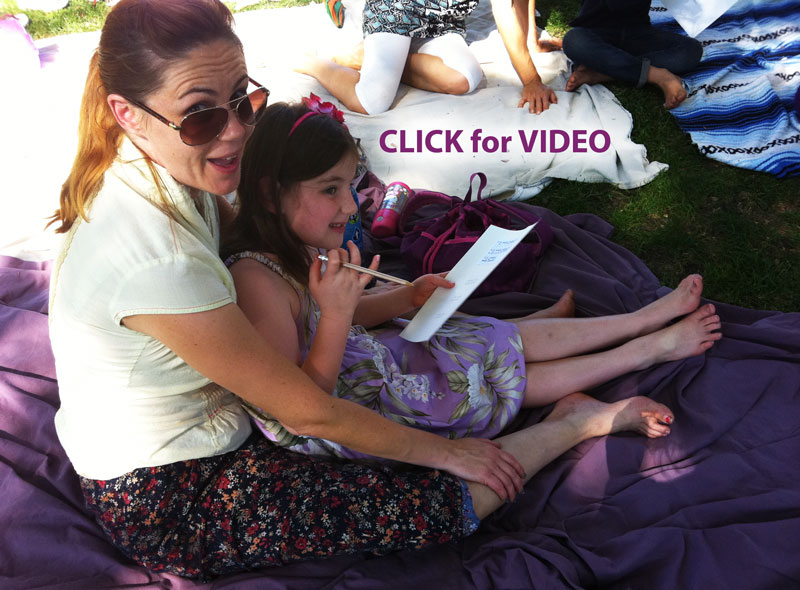
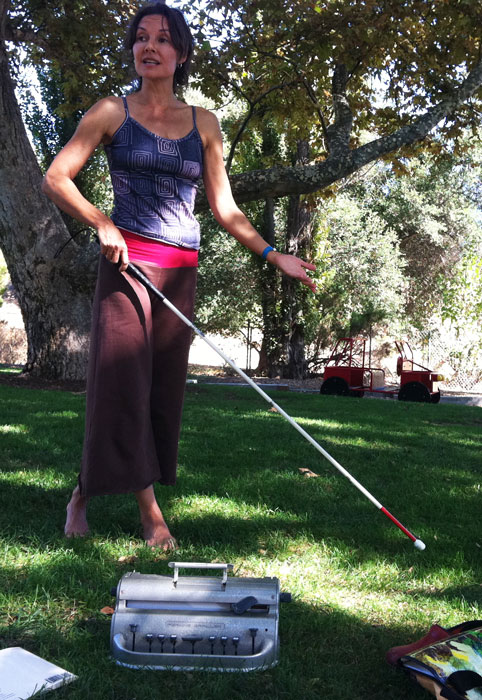
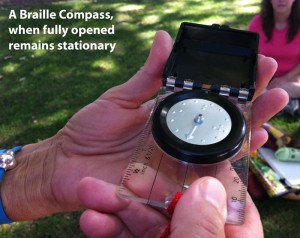
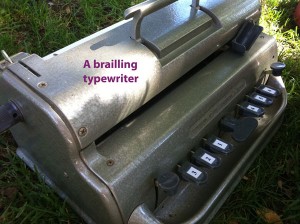

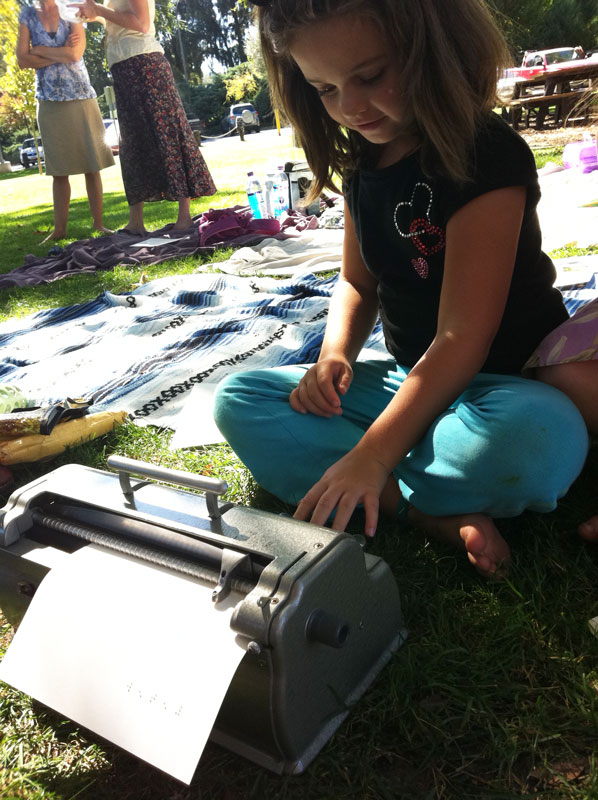
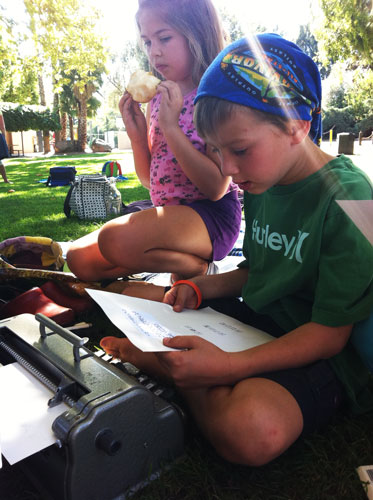

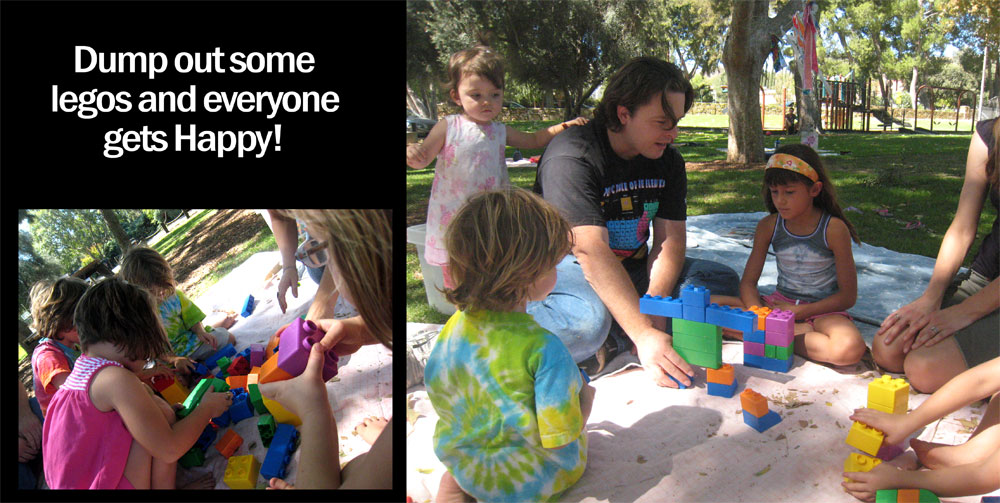

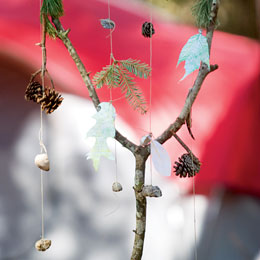
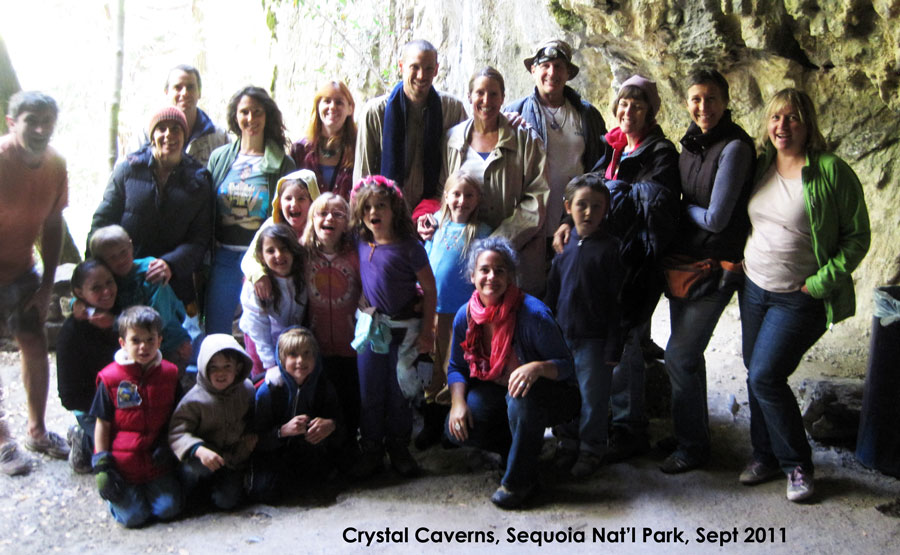
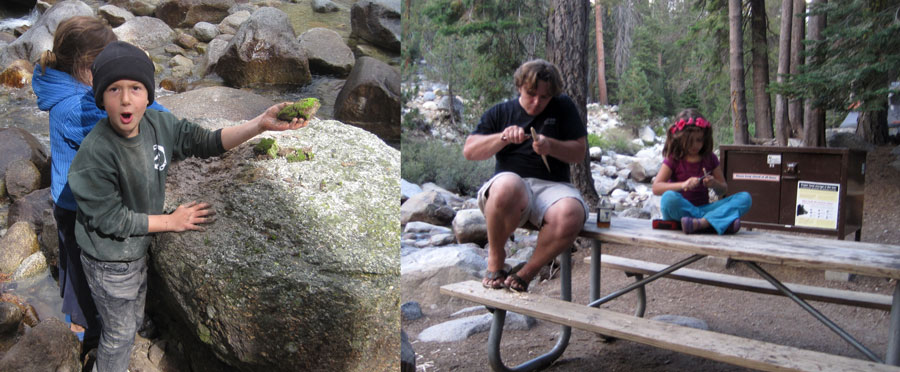
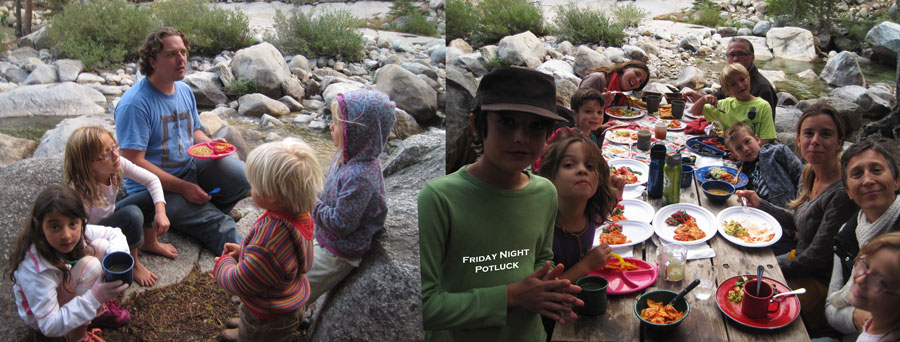

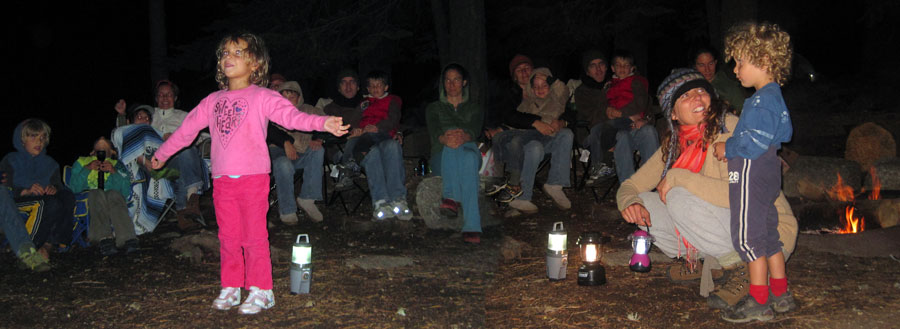
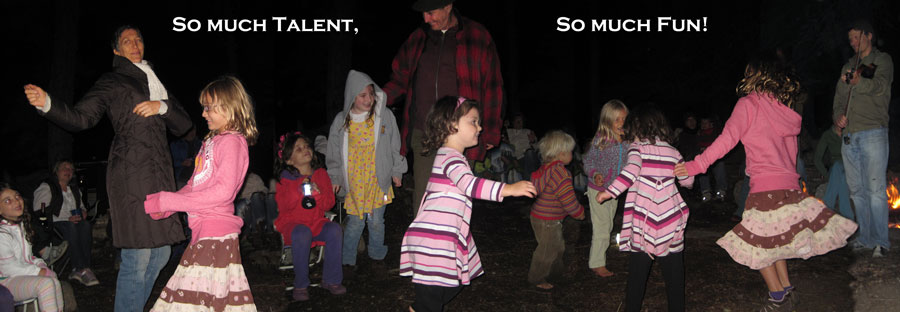
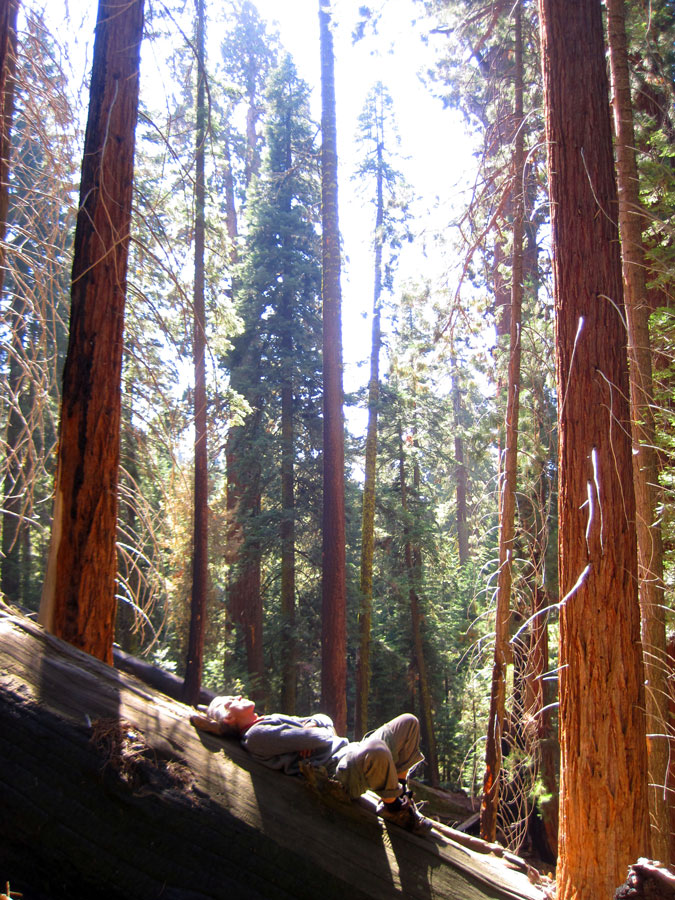

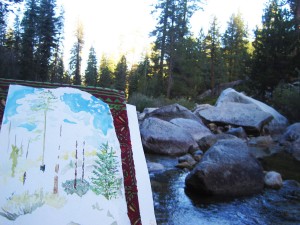

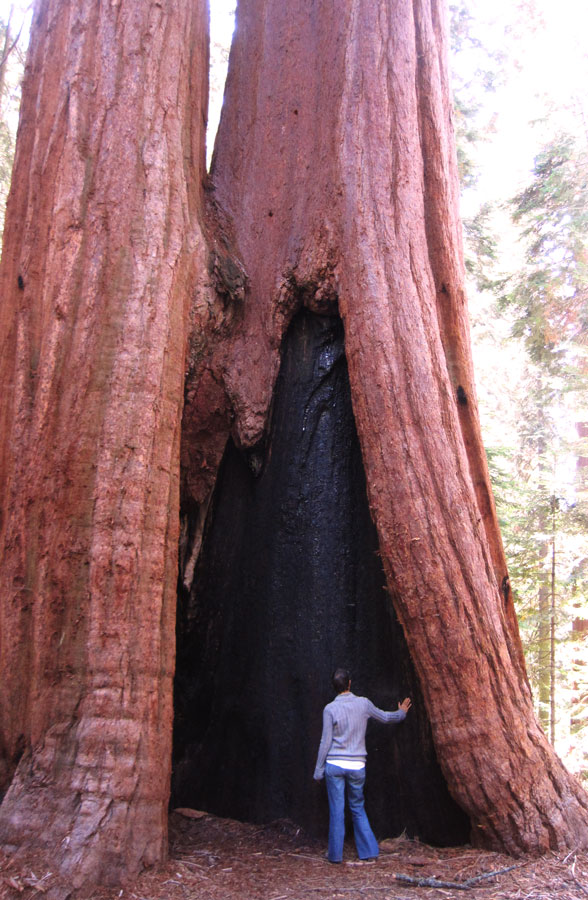
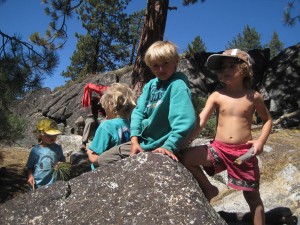
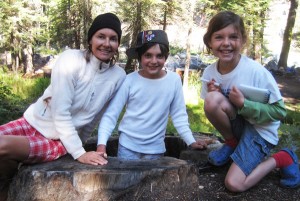

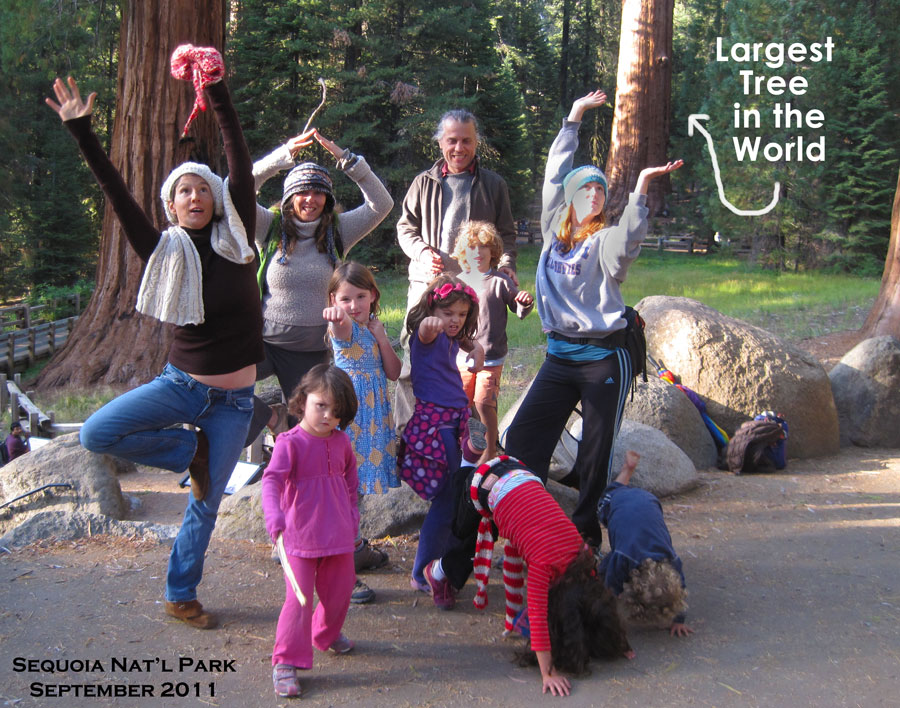
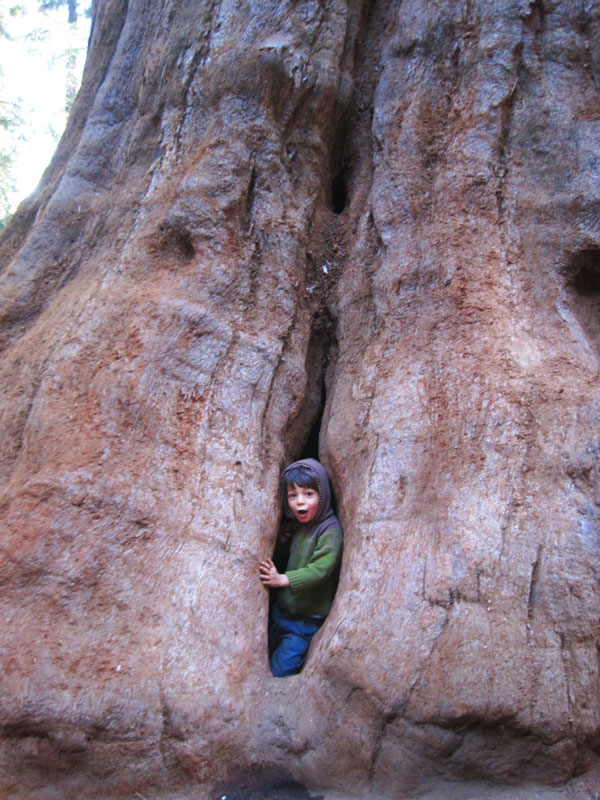 Legend of the Silver Pinecone
Legend of the Silver Pinecone

